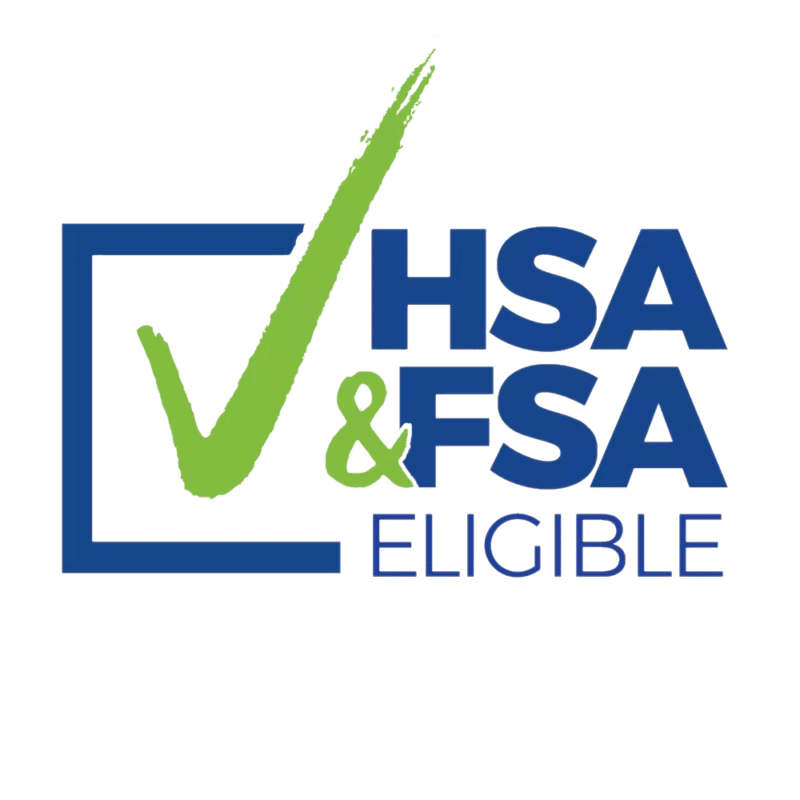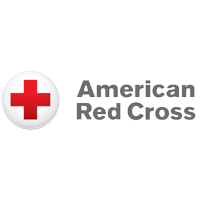AED's
ZOLL, Philips & FDA Approval: How to Ensure Your AED Meets U.S. Medical Standards
Automated External Defibrillators (AEDs) have become critical lifesaving devices in public spaces, workplaces, and healthcare facilities across the United States. These portable machines analyze heart rhythms and deliver electric shocks to restore normal heartbeats during sudden cardiac arrest. Because AEDs play such a vital role in emergency medical care, it is essential to ensure that these devices meet stringent regulatory standards. This guarantees both safety and efficacy when seconds count.
What Does FDA Approval Mean for AEDs?
In the U.S., the Food and Drug Administration (FDA) regulates medical devices, including AEDs, to ensure they meet safety, quality, and performance standards. FDA approval indicates that an AED has undergone rigorous testing and review to comply with federal regulations. This approval process evaluates the device’s design, manufacturing, labeling, and intended use to confirm it is safe and effective for public use.
Purchasing an AED with FDA approval gives users confidence that the device will function as expected during emergencies and meet established guidelines for patient safety. It also ensures that the manufacturer adheres to strict quality control processes.
The Role of Leading Brands: ZOLL and Philips
Among the top AED manufacturers, ZOLL and Philips are widely recognized for their quality and reliability. These companies have established themselves as trusted providers of defibrillation technology, incorporating advanced features to improve usability and patient outcomes.
ZOLL AEDs are renowned for their intuitive designs, real-time CPR feedback, and durable construction, making them suitable for a variety of environments. Philips AEDs emphasize simplicity, reliability, and smart technology to guide users through emergency protocols. Both brands invest heavily in research and development, focusing on innovation to meet the evolving needs of clinical care.
Choosing an AED from a reputable brand like ZOLL or Philips increases the likelihood that the device complies with FDA standards and offers dependable performance.
How to Verify FDA Approval for Your AED
Before purchasing or deploying an AED, verifying its FDA approval status is critical. The FDA maintains a publicly accessible database of approved medical devices, including AEDs. Consumers, facility managers, and healthcare professionals can search this database to confirm whether a particular AED model is authorized for use in the U.S.
Additionally, manufacturers typically provide documentation, including FDA clearance letters and product registration details, which validate the device’s approval status. Reviewing these documents is an essential step to avoid counterfeit or non-compliant products.
FDA Classification and Clearance Pathways
AEDs are classified as Class III medical devices, meaning they require the highest level of regulatory scrutiny because they support or sustain human life. Most AEDs gain FDA approval through the Premarket Approval (PMA) process or via 510(k) clearance, which demonstrates that the device is substantially equivalent to a legally marketed device.
Understanding these pathways helps purchasers assess the rigor behind an AED’s approval. Devices cleared through PMA have undergone more extensive clinical trials and evaluation, whereas 510(k) clearance involves demonstrating comparable safety and effectiveness.
Key Features of FDA-Approved AEDs
FDA-approved AEDs, such as those offered by ZOLL and Philips, typically include features that enhance usability and increase survival rates. Voice prompts, visual instructions, and CPR coaching are standard to guide users during high-stress situations. Robust battery life, easy electrode placement, and quick shock delivery are also critical performance criteria evaluated during FDA review.
In addition, these devices often incorporate self-testing and maintenance alerts to ensure they are ready to function properly when needed. Compliance with FDA regulations means these features have been validated through stringent testing protocols.
The Importance of Compliance Beyond FDA Approval
While FDA approval is essential, it is not the only factor in ensuring AED safety and effectiveness. Compliance with additional standards such as the American Heart Association (AHA) guidelines and International Electrotechnical Commission (IEC) standards further guarantees device reliability.
ZOLL and Philips AEDs align their products with these comprehensive requirements, integrating best practices from multiple regulatory frameworks. This multi-layered approach supports emergency responders and laypersons alike in delivering timely and effective care.
The Process of FDA Inspection and Quality Control
Manufacturers of AEDs undergo periodic FDA inspections to verify compliance with Good Manufacturing Practices (GMP). These inspections assess the quality systems in place, including production processes, documentation, and risk management.
ZOLL and Philips maintain rigorous quality control programs, ensuring that each device manufactured meets the exacting standards mandated by the FDA. This oversight helps prevent defects and ensures that every AED reaching end-users is reliable and safe.
How to Maintain Your FDA-Approved AED
Maintaining an AED is crucial to preserving its FDA-approved functionality. Regular inspections, battery replacements, and electrode pad changes are necessary to keep the device operational. Users should follow manufacturer guidelines and local regulations to establish maintenance schedules.
Training programs offered by ZOLL, Philips, and other providers educate staff and laypersons on proper use and upkeep of AEDs, enhancing readiness during emergencies. Maintaining documentation of inspections and maintenance activities also supports compliance audits and ensures ongoing FDA standards adherence.
Why Choosing an FDA-Approved AED Matters
When lives are on the line, the choice of an AED can mean the difference between survival and tragedy. Devices that lack FDA approval or come from unverified sources risk malfunctioning or failing to deliver timely shocks. This compromises patient safety and may lead to legal and regulatory repercussions.
Opting for an FDA-approved AED from trusted manufacturers like ZOLL and Philips ensures the highest level of reliability, user guidance, and quality assurance. It reflects a commitment to public health and responsible emergency preparedness.
Future Trends in FDA-Regulated AED Technology
The landscape of AED technology continues to evolve, with innovations aimed at improving accessibility, intelligence, and integration with emergency medical services. The FDA actively monitors and updates regulatory frameworks to accommodate new advancements such as AI-powered diagnostics, enhanced connectivity, and automated CPR feedback.
Leading manufacturers invest in research to align with these emerging trends while maintaining FDA compliance. This dynamic relationship between regulation and innovation ensures that AED users benefit from state-of-the-art technology that is safe and effective.
Conclusion: Ensuring Your AED Meets U.S. Medical Standards
Choosing an AED is a critical decision for any organization or individual responsible for safety. By prioritizing FDA approval and selecting devices from reputable manufacturers like ZOLL and Philips, users can be confident that their AED meets U.S. medical standards.
Verifying approval status, understanding regulatory classifications, maintaining devices properly, and embracing innovations are all part of a comprehensive strategy to optimize emergency cardiac care. In doing so, you help create safer environments where lives can be saved through prompt and effective defibrillation.






